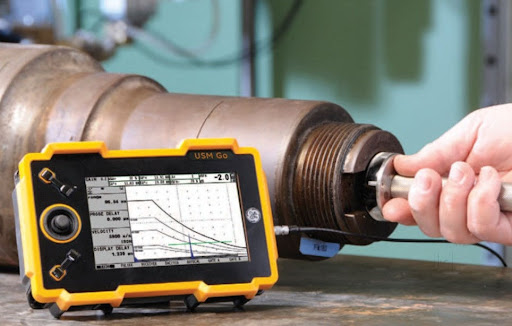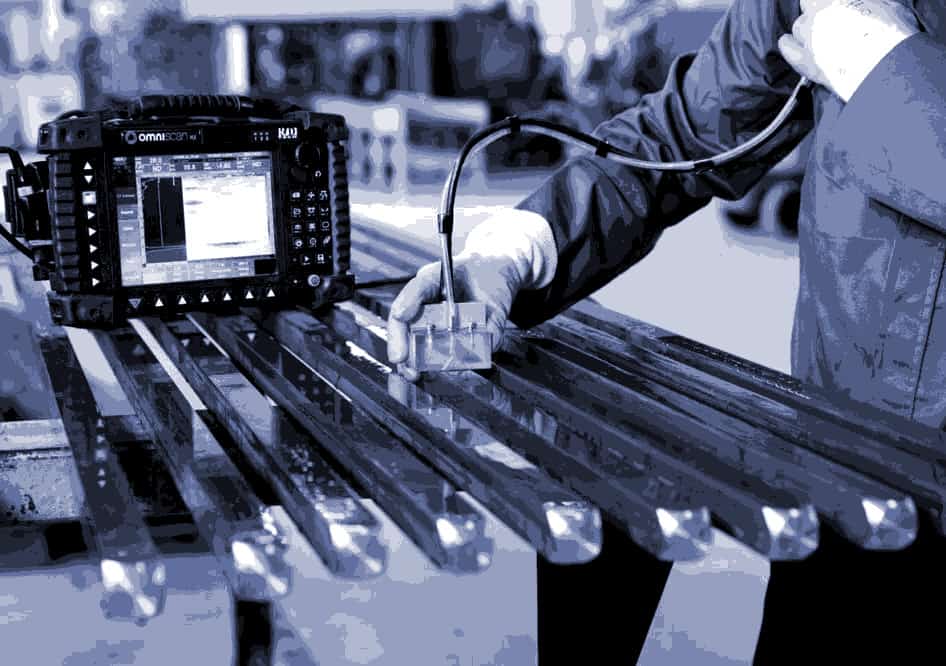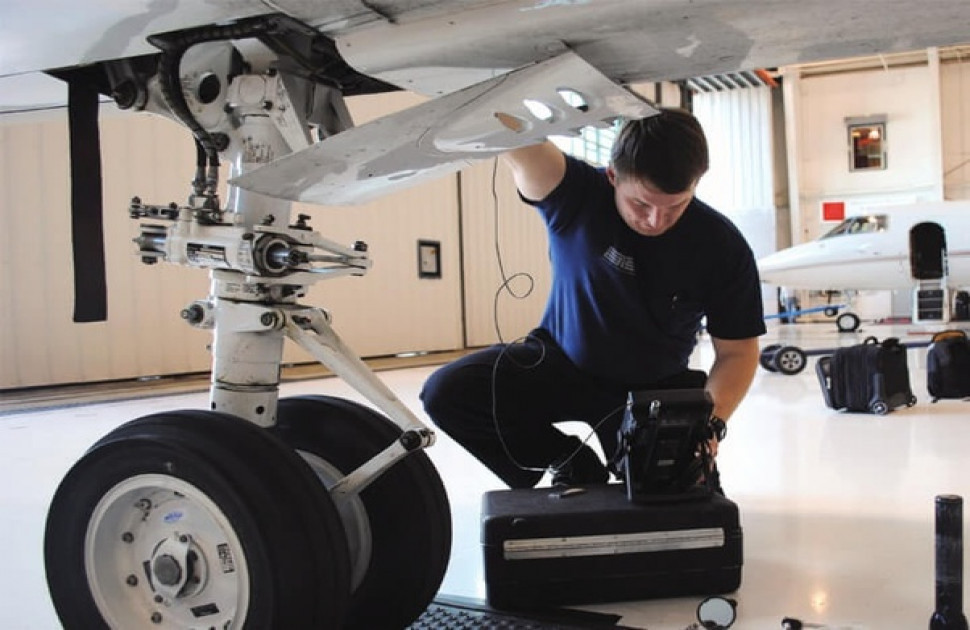The frequency role in bridge and building inspections is a critical aspect of maintaining the safety and longevity of infrastructure. Regular inspections ensure that any potential hazards are identified and addressed promptly, preventing costly repairs and ensuring public safety. In this article, we will explore the importance of inspection frequency and its impact on bridge and building maintenance.

Why is Inspection Frequency Important?
Inspection frequency is crucial because it determines how often a structure is evaluated for safety and integrity. Regular inspections can help identify issues before they become major problems. For example, bridges that are inspected frequently are less likely to experience catastrophic failures. This proactive approach not only saves money in the long run but also ensures the safety of users.
Types of Inspections
Visual Inspections
Visual inspections are the most common type of inspection and involve a thorough examination of the structure’s exterior. Inspectors look for signs of wear and tear, such as cracks, rust, and other visible damage. These inspections are typically conducted more frequently than other types of inspections.
Detailed Inspections
Detailed inspections go beyond visual assessments and may involve testing materials or using specialized equipment to assess the structural integrity of a bridge or building. These inspections are usually conducted less frequently but provide a more comprehensive understanding of potential issues.
Factors Influencing Inspection Frequency
Age of the Structure
Older bridges and buildings may require more frequent inspections due to the natural wear and tear that occurs over time. As structures age, the likelihood of issues increases, necessitating more regular assessments.
Environmental Conditions
Structures located in harsh environments, such as those exposed to extreme weather or corrosive materials, may need more frequent inspections. These conditions can accelerate deterioration, making regular evaluations essential for safety.
Usage Patterns
The way a structure is used can also impact how often it should be inspected. For instance, bridges that experience heavy traffic may require more frequent inspections than those with lighter usage. Similarly, buildings with high occupancy rates or specialized functions may need more regular assessments.
Technological Advancements in Inspections
Technology has revolutionized the field of inspections, making it easier to conduct frequent and thorough assessments. Drones, for example, can be used to inspect hard-to-reach areas of bridges and buildings, providing detailed images and data that can be analyzed to identify potential issues. Additionally, advanced sensors and software can monitor structures in real-time, alerting inspectors to any changes that may indicate a problem. Learn more about how technology aids inspections at Inspection Tools.
Challenges in Determining Inspection Frequency
Determining the optimal frequency for inspections can be challenging. It requires a careful balance between ensuring safety and managing costs. Too frequent inspections can be costly and may not provide significant additional benefits, while too infrequent inspections can lead to undetected issues that compromise safety.
Case Studies: Successful Inspection Programs
Several successful inspection programs highlight the importance of frequency in maintaining bridge and building safety. For instance, the Golden Gate Bridge in San Francisco undergoes regular inspections and maintenance, contributing to its longevity and safety despite being exposed to harsh environmental conditions.
Conclusion
The frequency role in bridge and building inspections is an essential component of infrastructure maintenance. By conducting regular inspections, we can ensure the safety and longevity of these critical structures. As technology advances, we can expect even more efficient and effective inspection processes that further enhance the safety and reliability of our bridges and buildings.

FAQ
How often should bridges be inspected?
Bridges should typically be inspected every two years, but this can vary based on factors such as age, usage, and environmental conditions. Learn more about Inspection Frequency.
What technologies are used in modern inspections?
Modern inspections often utilize drones, advanced sensors, and software to conduct thorough and efficient assessments. These technologies allow for real-time monitoring and detailed analysis of structures.
What are the risks of infrequent inspections?
Infrequent inspections can lead to undetected issues that compromise the safety and integrity of structures. Regular assessments are necessary to identify and address potential problems before they escalate.
This article contains affiliate links. We may earn a commission at no extra cost to you.
